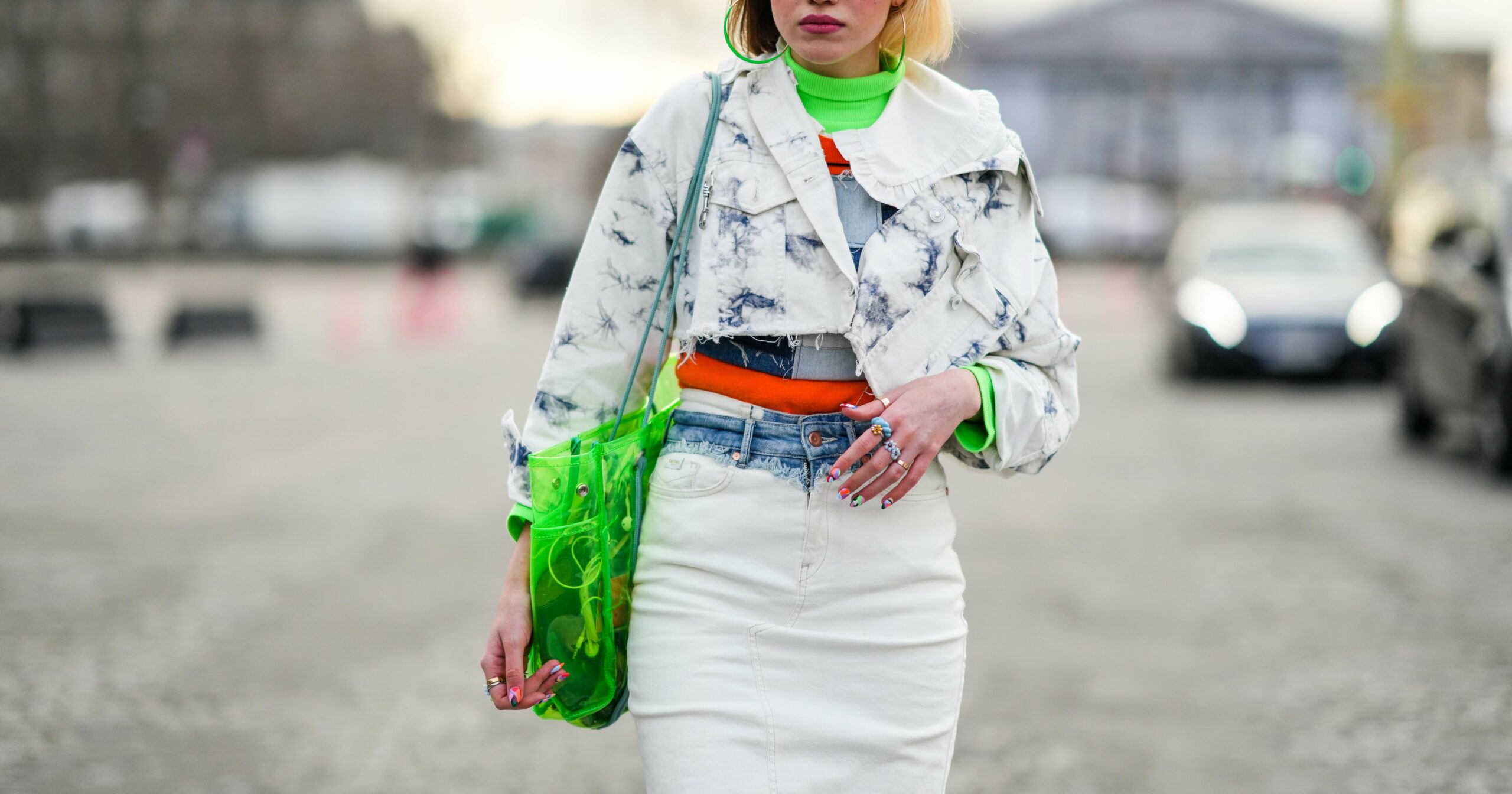MILAN — The fashion industry is in flux and the supply chain is feeling the pinch of slower demand, economic headwinds and geopolitical turmoil — including the potential economic policies of newly sworn in U.S. President Donald Trump.
For many, 2024 was a mixed-performance year.
“The scenario in 2024 was dominated by complexity, which is bound to transition well into 2025. The fashion sector describes it as a year for rebalancing,” said Piergiorgio Cariaggi, president and chief executive officer of the Cariaggi mill, backed by Brunello Cucinelli and Chanel since a deal in 2023.
According to preliminary data provided by Confindustria Moda, revenues of the Italian spinning industry decreased 6.2 percent in 2024 to 2.7 billion euros. Exports also dropped last year, down 4.1 percent to 883 million euros.
You May Also Like
The 114 industry operators gathering at the three-day textile trade fair Pitti Filati, starting Tuesday, will get a sense of where business is headed in the first half of the year. They will unveil their spring 2026 collections, hinged on timeless yarns done in a reassuring color palette.
“The year was impacted by a retail slowdown in key luxury markets such as China and the overstock along the entire textile supply chain, which started to settle but was not coupled with brisk retail sales,” said Lorenzo Piacentini, CEO of Zegna Baruffa Lane Borgosesia. He added that a rebound started last September and the first signs in early 2025 point to a positive business trend for the year, albeit still uncertain.

“A lot of countries have been experiencing a recession. Only the U.S. has continued to grow,” said Silvio Botto Poala, CEO of the Biella, Italy-based mill Botto Giuseppe. “We’re expecting a slight improvement in the Far East, starting from China, which has had a significant downturn in the past couple of years, followed by South Korea and Japan, which have suffered from currency depreciation.”
The ongoing threats of tariffs on imported goods by President Trump are proving a headache for textile makers.
“Geopolitics is factoring in on economics. The wicked idea to put tariffs on imports of luxury and premium goods is testament to how politics and reality are far apart,” said Alberto Enoch, CEO of Biella, Italy-based mill Servizi e Seta. “The outcome could be very penalizing for the sector and hardly manageable in the midterm.”

The company proved resilient in 2024, with a 6 percent increase in revenues to 25.8 million euros. But the executive recognized a spotty performance in different markets, with the U.S. leading growth and China performing sluggishly.
“The global scenario is rich in uncertainties, also linked to the impacts of the new U.S. administration,” echoed Fabio Campana, CEO of Lanificio dell’Olivo. “For sure there’s anticipation and a desire to get back to real business.”
The company is still in recovery mode after the floods at its production site outside Prato, Italy. “We’ve implemented a road map to turn the disaster into an opportunity,” the CEO said. “It’s called ‘Back to Excellence’ and tackled all corporate functions with a greenfield approach to ensure our storied Italian mill, an excellence of Made in Italy, could return to offer innovation, quality and high-end services,” he explained. Throughout 2024 the company unveiled new offices, logistics and workshops, as well as refreshed machinery.

There is cautious optimism on the horizon, though.
“Luxury will bounce back, for sure, but we need to accept that the post-COVID-19 bubble of stellar growth has gone,” said Botto Poala. In 2024, sales at the Botto Giuseppe mill closed down 4 percent compared to 2023.
“It looks like the market is bashfully reawakening and we see positivity starting to rule again,” said Enoch, forecasting 5 to 7 percent growth in 2025 to 28 million euros.
“The year started on a prudent and stable trajectory, but it’s too early to make exact forecasts,” said Monticolor’s owner Alberto Corti. In 2024, the Montirone, Italy-based company’s revenues were flat compared to the previous year, but it saw a 5 percent uptick in volumes.
Cariaggi, which declined to provide exact figures, closed 2024 with revenues down 13 percent compared to the previous year, but its president and CEO estimated a slight rebound in 2025. “We are satisfied because we were able to carefully handle our business and manage the downturn against a persistent market complexity,” Cariaggi said.

“The start of the year projects us in the short-term future with optimism, albeit acknowledging the complexity of the current scenario,” said Filatura di Tollegno 1900’s president Lincoln Germanetti.
According to Enoch, a shift in consumer preferences and consumption habits driven by new generations more susceptible to shifting fashion trends, innovation and sustainability is also factoring in.
This comes in tandem with the impact of economic headwinds on consumer confidence.
“It’s more and more important to be able to anticipate trends and clearly distinguish seasonal trends from structural changes in consumption habits…taking into account the sustainability and circularity requests, too,” said Piacentini. To this end, Zegna Baruffa Lane Borgosesia completed its OEF assessment in 2024, setting the foundation for future efficiency and decarbonization projects.
None of the companies has been skimping on advancing their sustainability credentials, now considered a standard for the Italian spinning sector.
For instance, Servizi e Seta is actively looking at securing the Sustainable Fibre Alliance, Better Cotton Initiative, BCI and the Organic Content Standard 100 certifications to ensure full transparency across raw materials and processes. Ditto for Botto Giuseppe, which has applied for the European Linen Flax and Master of Linen seals of approval after having its silks GOTs-certified in 2024.

Overall, the spring 2026 collections to be presented at the fair hinge on ultralight and soft yarns, designed with versatility and trans-seasonality in mind, often genderless and offered in a muted or earth-toned color palette. This suggests spinners are playing it safe in times of uncertainties and leveraging their carryover textile products to ensure a better and speedier service to their clients.
Silk reigns supreme for the season, with Servizi e Seta offering a GOTs-certified Mulberry version and the GRS-approved Bourette silk. For more everyday looks, its blends of cotton and silk include the Nebraska yarn made of OCS-certified cotton. At Monticolor, the knitwear-intended Serico yarn defined by extra shimmer combines Supima organic cotton and Mulberry silk.
Over at Botto Giuseppe, the signature Organic Slowsilk GOTs-certified silk is offered in blends with cotton for extra finesse and breathability, while a captivating play on matte and shiny textures takes center stage in Zegna Baruffa Lane Borgosesia’s Kyoto silk and cotton blend.
At Lanificio dell’Olivo, cotton with a velvety finish stand out in the mill’s range of organic threads that are GRS- or RCS-certified, while Monticolor’s Ivy yarn, a blend of pre-consumer recycled cotton and organic cotton spun in braids offers a captivating 3D effect. The latter spinner also introduces naturally stretch cotton options with its GOTS- and OCS100-certified Biofit and Biofit Performance products, the latter aimed at activewear.

Rough and tactile linen yarns are also ubiquitous, as in Botto Giuseppe’s Petalo blend of mélange linen and slubbed silk with a bright texture, or in Lanificio dell’Olivo’s Scoop Lighting full linen yarn dyed according to the lessivé technique. A rugged surface also defines Zegna Baruffa Lane Borgosesia’s Cap Ferrat product combining extra-fine merino wool with silk and linen.
For fancier linen options, Cariaggi’s Gemma blend of linen, cashmere and silk is dotted in microbeads for extra sparkle, while a feminine metallic accent characterizes Botto Giuseppe’s Froissé yarn, in which silk is blended with steel threads.
Zeroing in on versatility for trans-seasonal products, the watercolor-hued cashmere offering at Cariaggi comes in blends with silk in different percentages for the Eterea and Jaipur E-Flex yarns, the latter defined by natural stretch qualities.
In the Zegna Baruffa Lane Borgosesia collection, the blend of extra-fine merino wool and viscose in Bering provides a silky touch, while the combination of wool and GRS-certified recycled polyamide enhances performance qualities.
Lightweight wools, including the Superfine 160’s Tamar yarn in combination with combed cotton at Botto Giuseppe and Tollegno 1900’s Explorer, a mulesing-free wool yarn with a tactile effect and water washable, are intended for summer suiting.

The Biella-based Botto Giuseppe also partnered with Japanese innovative textile company Spiber to take to market the latter’s trademarked Brewed Protein fiber. A protein-based yarn produced through the fermentation technology, it is offered in blends with 50 to 80 percent of Botto Giuseppe’s cashmere, as well as in full Brewed Protein worsted yarn versions.


